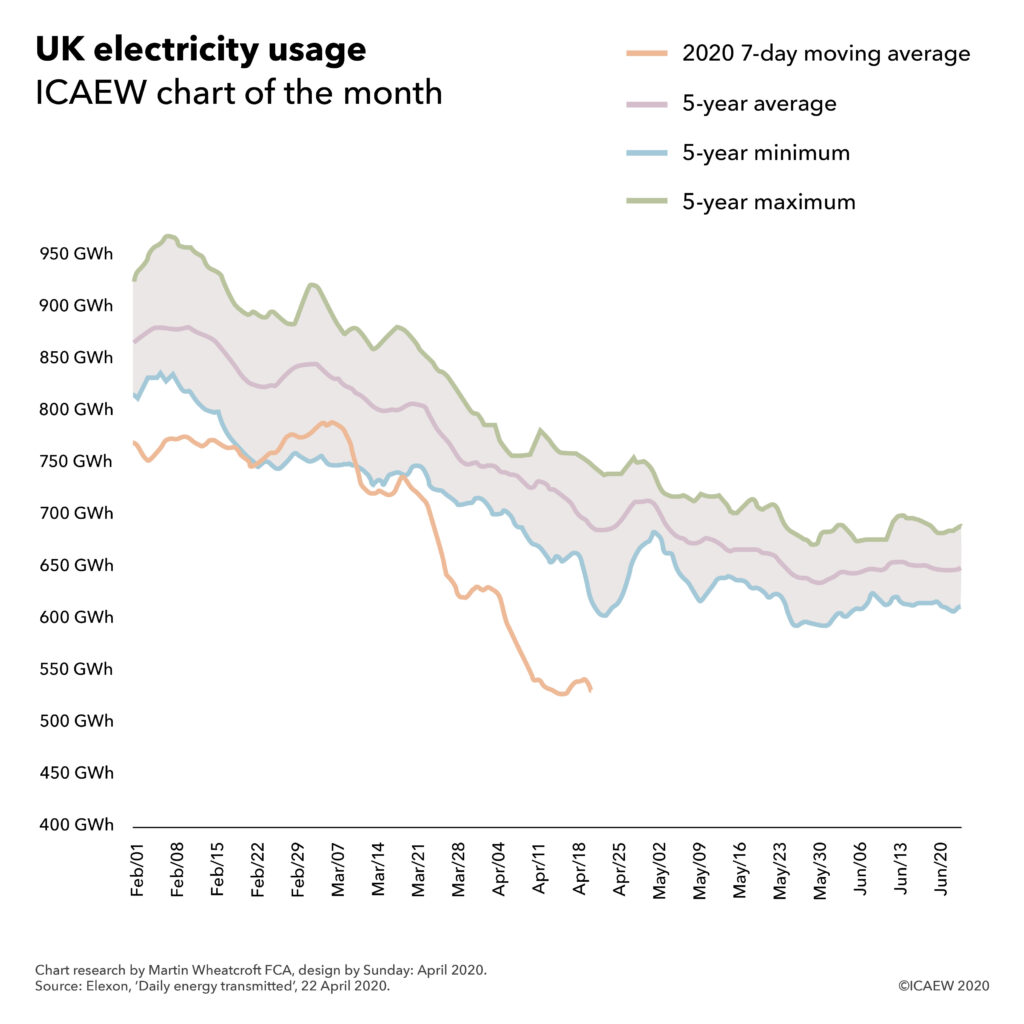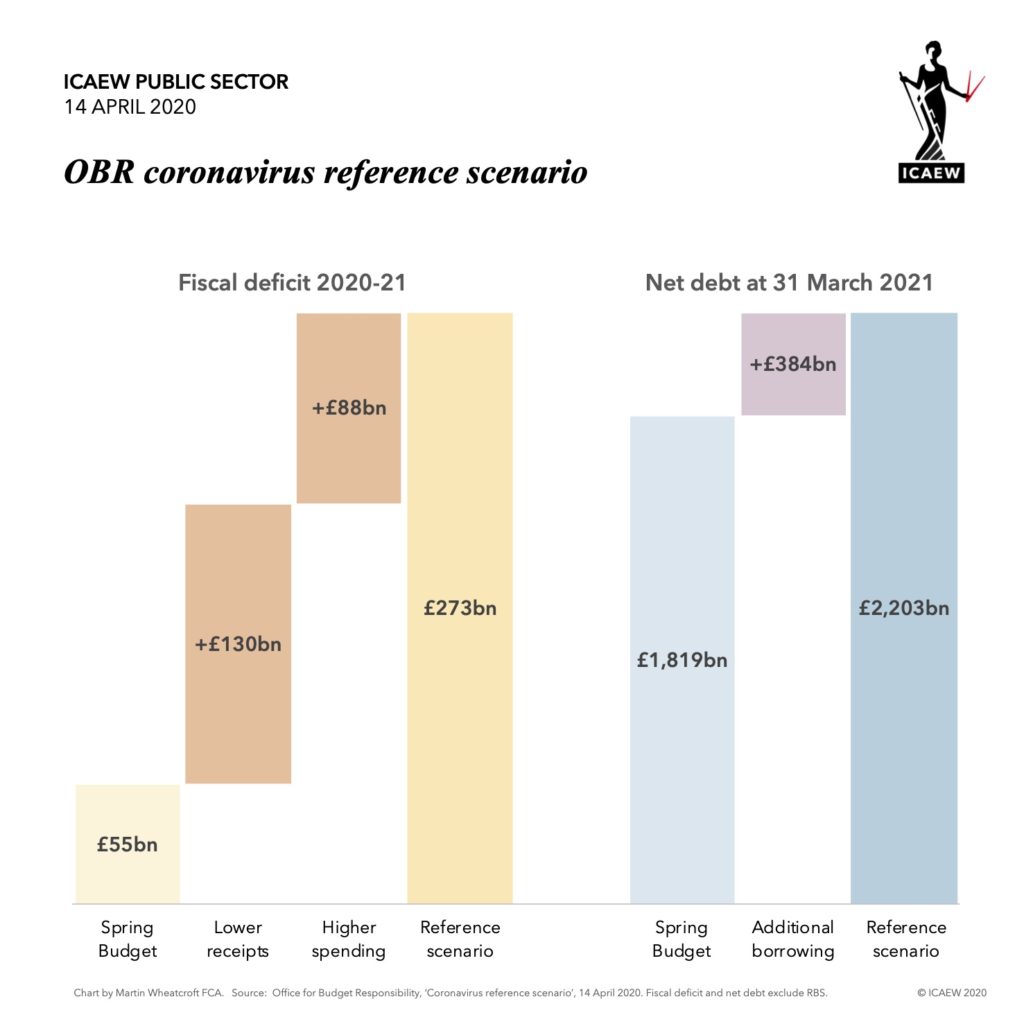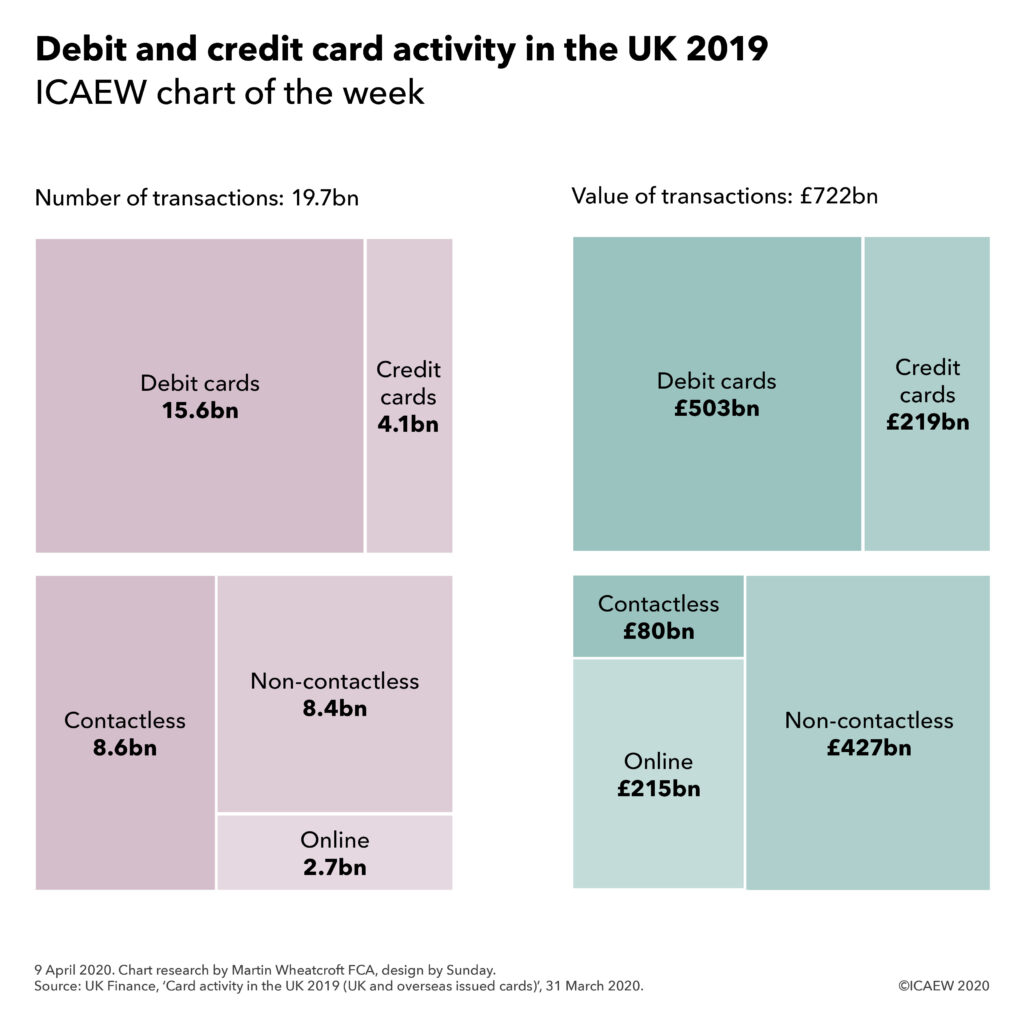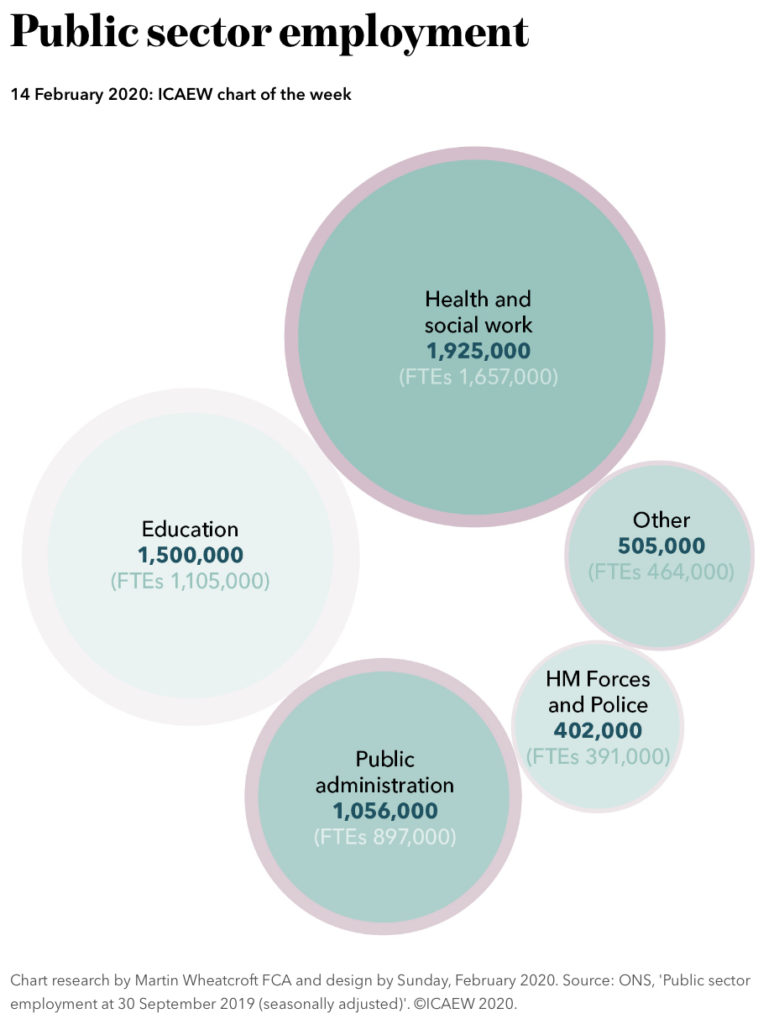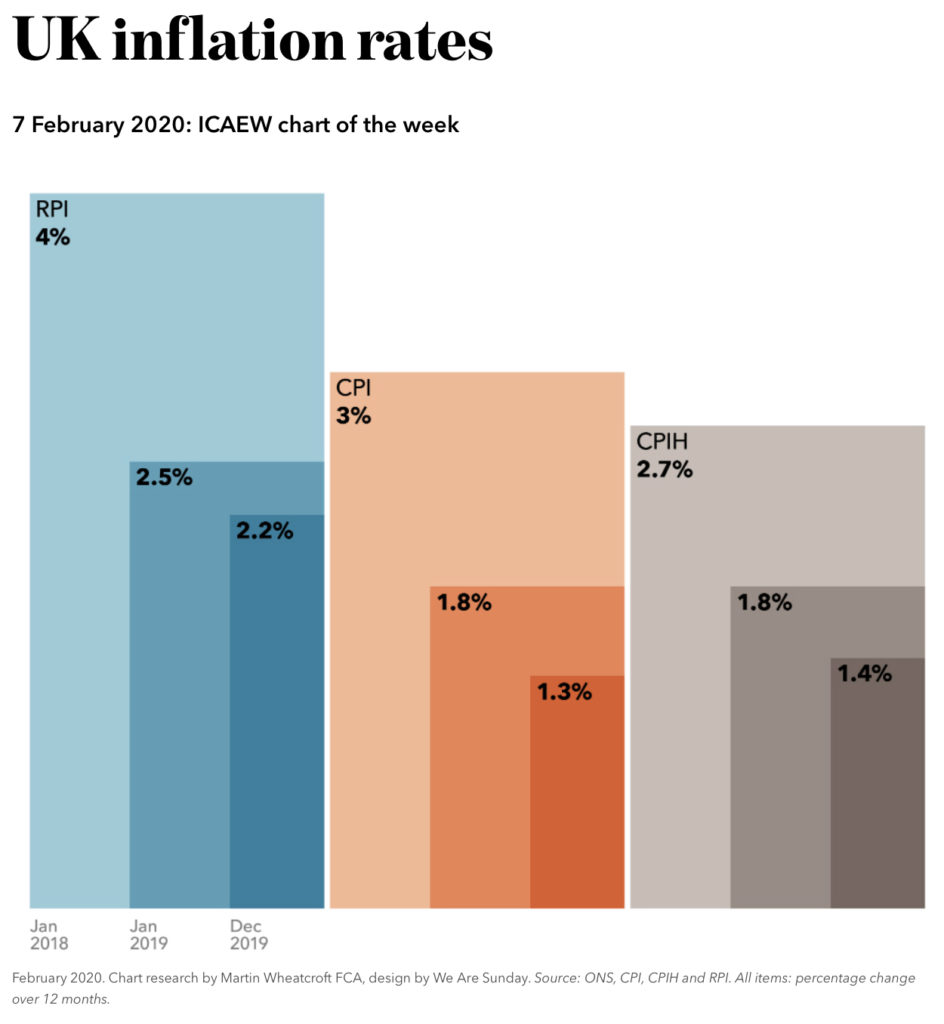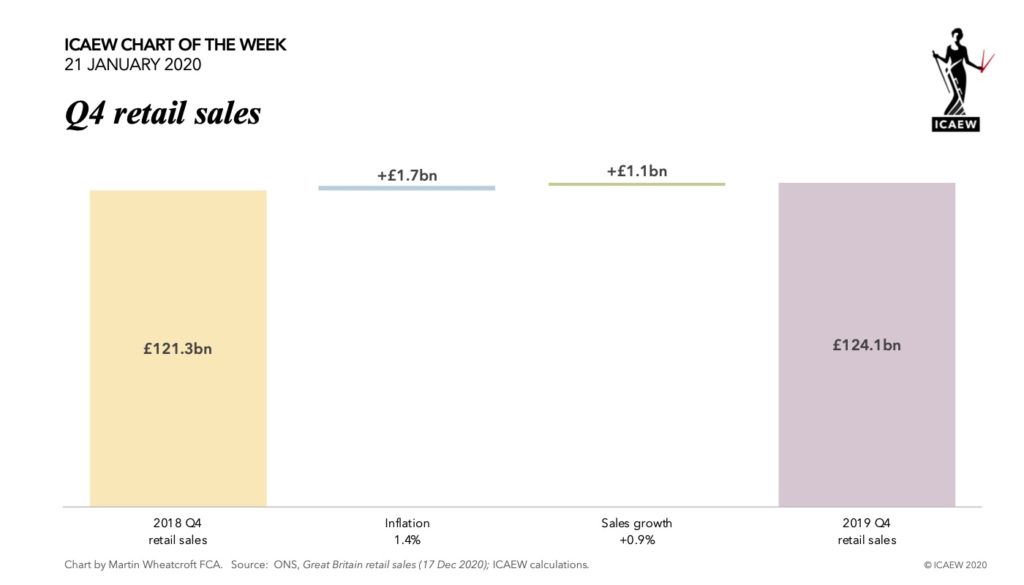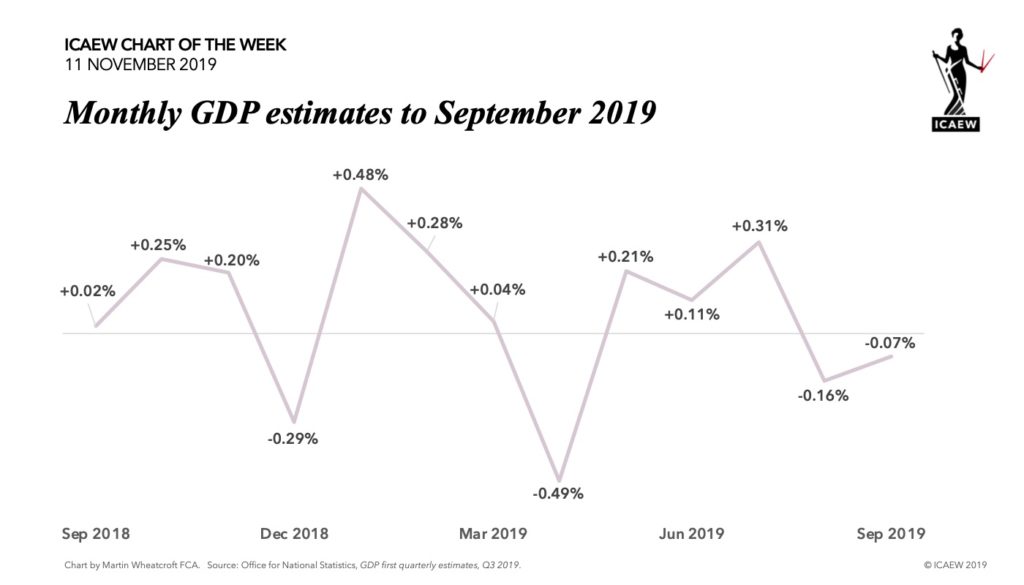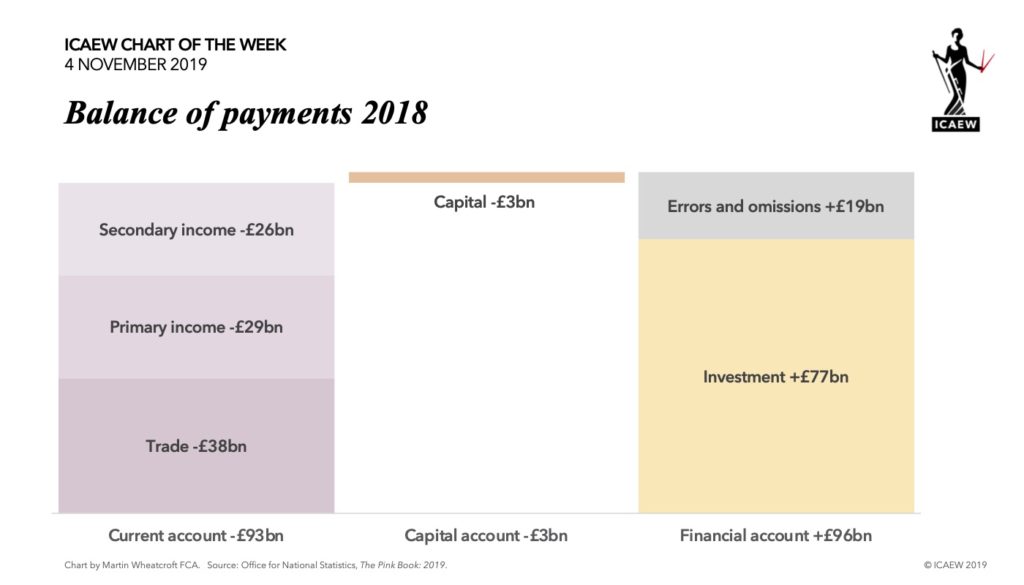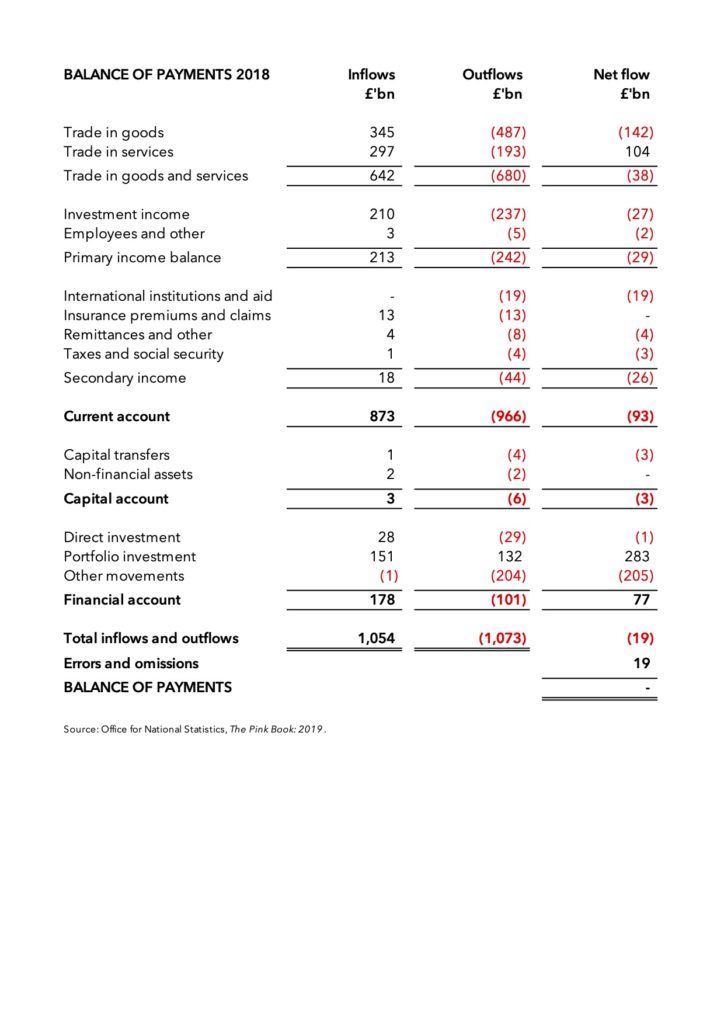19 June 2020: Economic contraction sees monthly GDP per capita decline from £2,790 in February 2020 to £2,100 in April 2020.
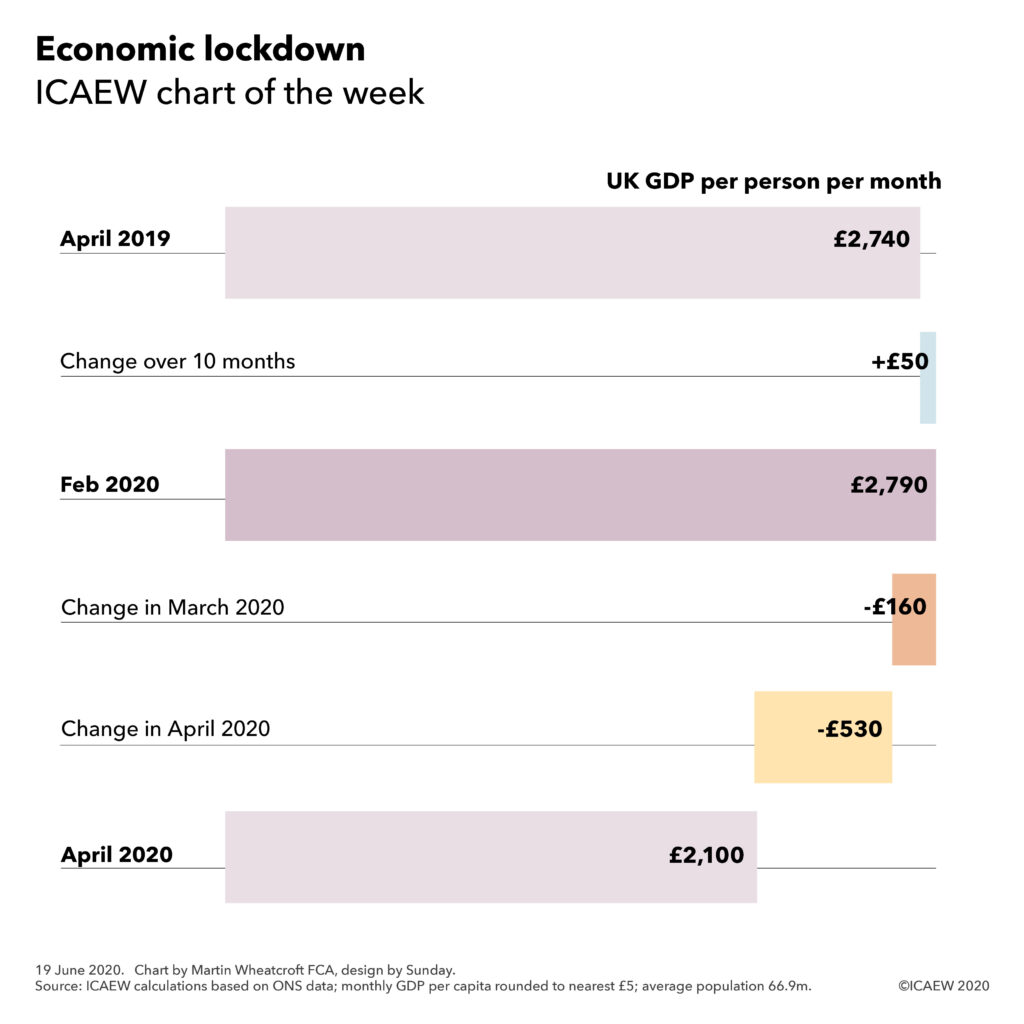
The #icaewchartoftheweek is on the economy this week, illustrating how average GDP per person per month increased from £2,740 in April 2019 to £2,790 in February 2020, before contracting sharply in March and April.
The increase of £50 per person in economic activity between April 2019 and February 2020 was predominately driven by inflation, with per capita economic growth of less than 0.4% over the 10 month period. This reflects just how weak the UK economy was immediately before the pandemic.
The modest increase up to February 2020 is dwarfed by the dramatic changes seen as a consequence of the pandemic, with severe curtailments in many parts of the economy leading to a 5.8% fall in economic activity in March and a further 20.4% in April according to provisional numbers from the Office for National Statistics.
Monthly GDP was estimated to be £183bn in April 2019, £187bn in February 2020 and £141bn in April 2020. The population was projected to be just over 66.7m in April 2019, rising to 67.0m by February 2020, before increasing very slightly in March prior to the lockdown and then falling a little in April.
The #icaewchartoftheweek is on the economy this week, illustrating how average GDP per person per month increased from £2,740 in April 2019 to £2,790 in February 2020, before contracting sharply in March and April.
The increase of £50 per person in economic activity between April 2019 and February 2020 was predominately driven by inflation, with per capita economic growth of less than 0.4% over the 10 month period. This reflects just how weak the UK economy was immediately before the pandemic.
The modest increase up to February 2020 is dwarfed by the dramatic changes seen as a consequence of the pandemic, with severe curtailments in many parts of the economy leading to a 5.8% fall in economic activity in March and a further 20.4% in April according to provisional numbers from the Office for National Statistics.
Monthly GDP was estimated to be £183bn in April 2019, £187bn in February 2020 and £141bn in April 2020. The population was projected to be just over 66.7m in April 2019, rising to 67.0m by February 2020, before increasing very slightly in March prior to the lockdown and then falling a little in April.
The dramatic transformation in the UK economy wrought by the lockdown is now extremely visible in the statistics, but it will take some time for the post-lockdown economic position to emerge in order to be able to see how much permanent damage has been done.
